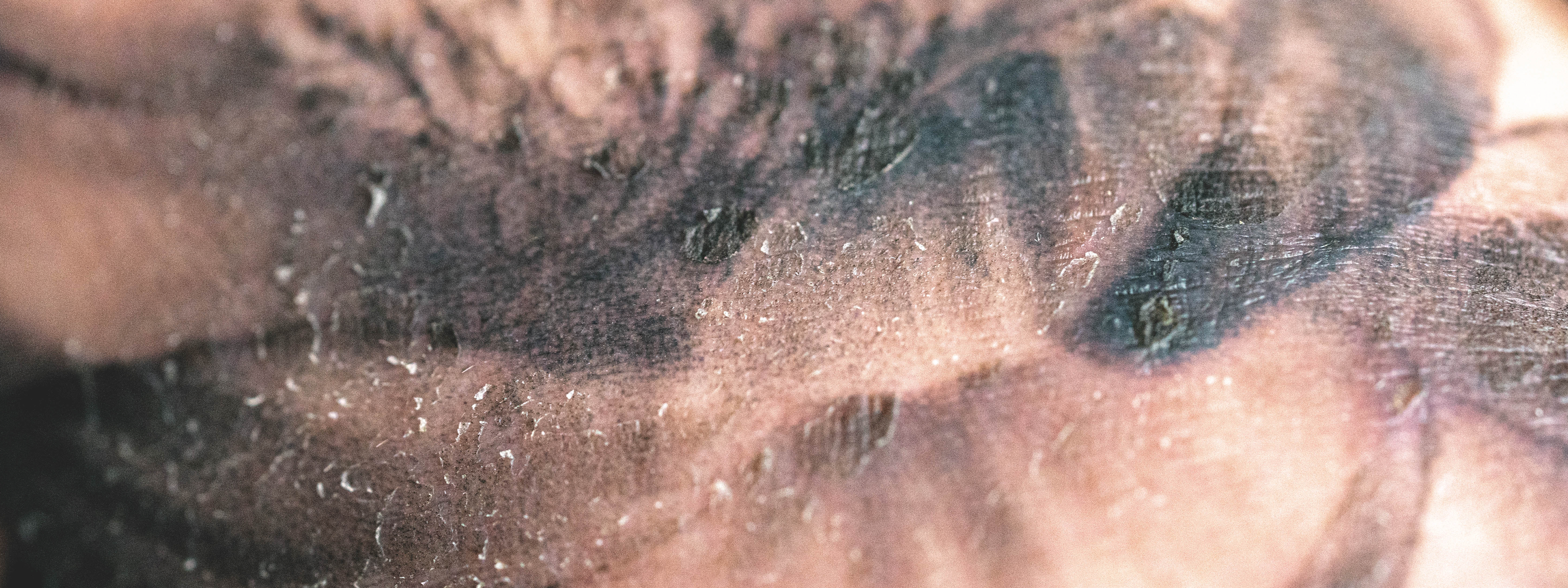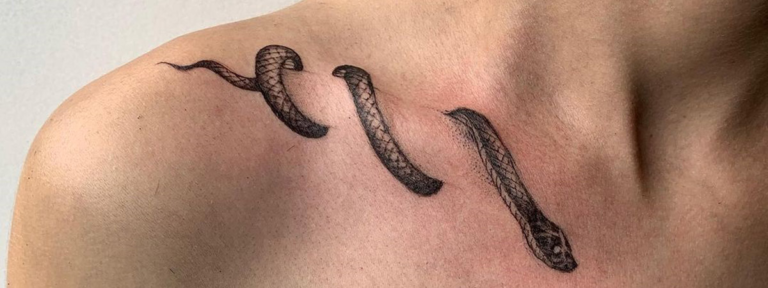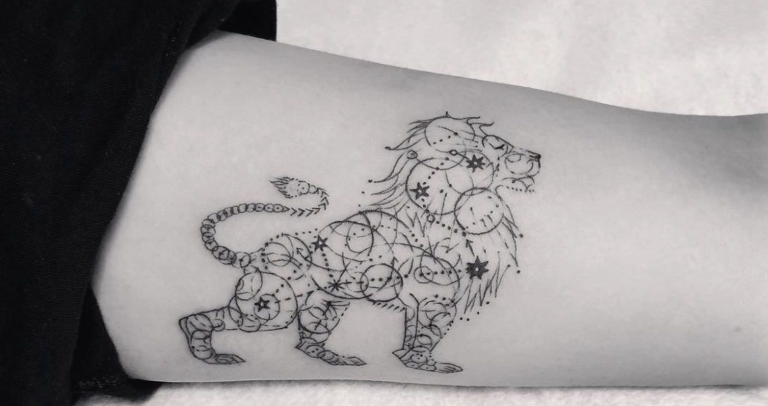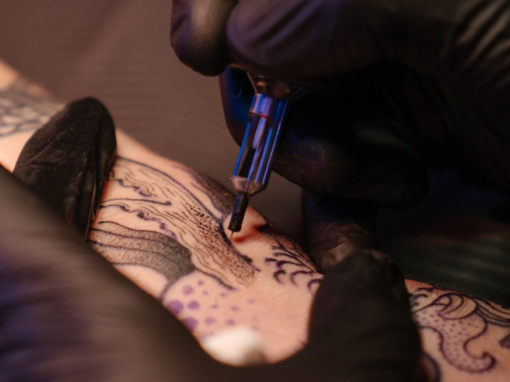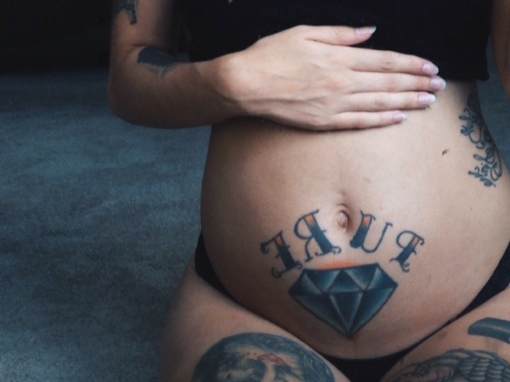To get a high-quality and beautiful tattoo, it is important not only to choose a good master but also to follow the correct care. But even if you follow all the rules of care for a tattoo, you may encounter some in its healing. One such feature is the peeling of the tattoo.
Many people ask the question “Is the tattoo peeling normal?“. In this article, we will give you the answer to this question, and you will also learn about:
- What are the signs of a peeling tattoo are;
- How to care for a tattoo that peels;
- How to tell the difference between an unhealthy peeling tattoo and a normal one.
Why Does a Tattoo Peel?
There are 3 obligatory stages of tattoo healing that add up to about 10 days.
Secretion of lymph (sundry) | Up to 2 days | In the first few days after tattooing, you may secrete a lot of sundry, scientifically called lymph. It is a colorless liquid. In some cases, it can take on the color of some of the tattoo pigments |
Crust formation on the skin | Up to 4 days | About 2 days after tattooing, a crust may form on the skin where the tattoo is done. Under no circumstances should this crust be scratched, torn off, or undermined. Such trauma to this area of the skin can lead to infection and scarring of the tattoo. |
Tattoo peeling | 5-10 days | After the crust begins to slowly come off, the skin dries out and begins to peel. Under no circumstances should you scratch this area of skin so as not to traumatize the tattoo. This stage is the final stage, during which the skin heals and recovers. |
When the 3rd stage of tattoo healing comes about 6 days after tattooing, its owners may encounter peeling of the tattoo. This is a mandatory healing phase that the tattoo owner cannot avoid.
So why does this happen? The skin changes thousands of its old cells into new cells every day. This is especially true during the formation of wounds on the body. Think of the wounds on your knees: the skin begins to heal and forms a protective crust. When this crust dries, it begins to peel off.
But don’t forget that such a process should be natural and there is no need to scratch it if it does not happen voluntarily. This can lead to the appearance of new wounds on the skin with a tattoo, which will significantly aggravate the healing process and the appearance of the tattoo. To be more precise, you can get an infection or stimulate improper healing, which threatens scars.
Signs of a Peeling Tattoo
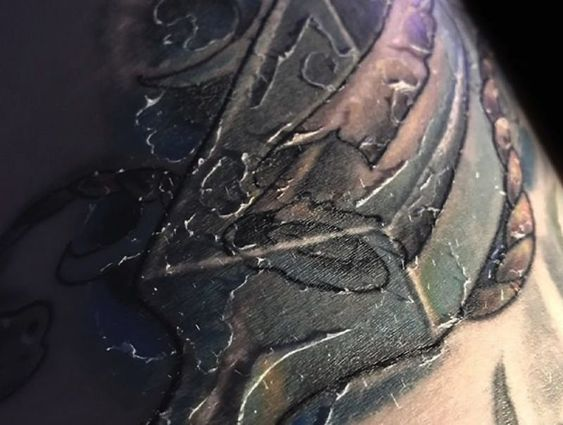
If you notice that after the tattooing procedure, the color of the tattoo is not what you expected, do not get upset in advance. With proper post-procedure care, the ink pigment will work its way up through the dead skin cells that are peeling away during the healthy healing process.
If your tattoo is healing normally, you can tell the stage of tattoo peeling by the following signs:
- Reddening of the skin around and on the tattoo site;
- Not much of a rash near the tattoo;
- Itchy skin in the area of the tattoo;
- Slight inflammation of the skin, which does not extend beyond the tattoo;
- Dried tattoo crusts lagging from the skin.
Is It Normal for a Tattoo to Peel Off?
After the needle penetrates the skin more than 1,000 times during tattooing, an open wound forms. It then begins to heal and crust over like all wounds. Under this crust, a healthy layer of skin begins to form and the crust begins to peel away.
At this point, you can see it coming off, a process called peeling. During this stage, it is very important not to tear or undermine the crust, so as not to traumatize the skin and not spoil the appearance of the tattoo.
Verdict: Yes, peeling off a tattoo is normal.
This stage of tattoo healing cannot be avoided. Many people think that sufficient skin hydration can help avoid tattoo peeling, but this is not true. You should not forget that every day our skin regenerates thousands of cells. But we do not notice it, because microscopic colorless particles are replaced.
You also shouldn’t worry about the fact that along with the peeling, the body mark will go away. The ink is embedded deep into the epidermis during tattooing, and the upper skin layer is regenerated.
Tips on How To Deal With a Peeling Tattoo Without Damaging It
To keep your tattoo beautiful and your skin healthy, you need proper care at every stage of healing. During the 3rd stage with the peeling of the tattoo, special care is needed.
This is because at this stage the skin is most susceptible to external stimuli:
- The crust can get caught on clothing;
- It is more difficult to moisturize the skin because of the possibility of undermining the crusts;
- Constant itching causes a desire to scratch the skin at the tattoo site, which can form wounds;
- Dry weather can further dry out loose crusts and other areas of skin with tattoos.
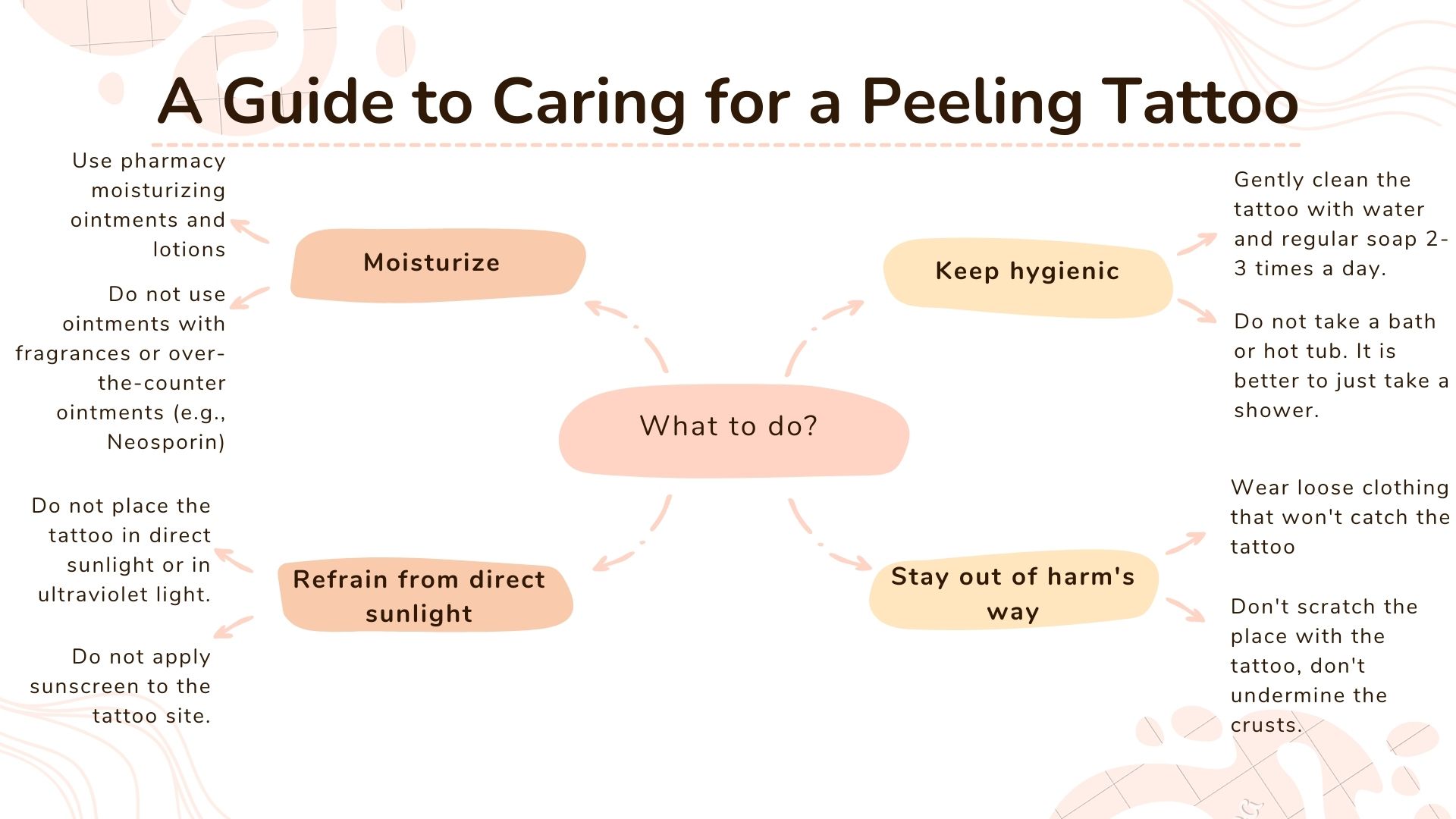
The main tips for caring for a tattoo that peels are as follows:
- Don’t forget to moisturize the skin with the tattoo;
- Be hygienic and keep the tattoo clean;
- Avoid direct sunlight on the tattoo;
- Avoid skin injuries and wounds.
Recognize an Unhealthy Peeling Tattoo
Above we described the signs of a healthy tattoo peel. But if you see any of the signs described below, we recommend that you see a doctor because you are experiencing unhealthy tattoo peeling.
- Rashes on the tattoo site and the skin around it
This reaction may indicate an allergic reaction to the ink. Also, if you have eczema, psoriasis, or rosacea, tattoo ink can only make your condition worse.
- Excessive itching of the tattooed skin
Mild itching is acceptable for tattoo healing, but when it increases in severity, it may indicate allergies, infection, or inflammation.
- Presence of scars on the tattoo
If there are scars on the skin in areas where there are tattoos, this indicates that the tattoo is not healing properly. If this is the case, you’d better contact a professional for advice on how best to remove the scars without harming the tattoo.
- Swelling and excessive redness of the skin around the tattoo
If you observe swollen skin on and around the tattoo, as well as redness of the skin with the flaking of the tattoo, this may indicate an allergy or inflammation of the skin. You need to see your doctor for the right treatment.
- Other discharges from the tattoo
If you notice additional skin discharge from the tattoo, it may indicate infections. Pay attention to whether such discharge is accompanied by chills and elevated body temperature. See your doctor if you notice these symptoms.
Summary

After you have had a tattoo you may encounter peeling of the area of skin where it is located. But don’t worry, it’s normal!
Why does it happen? Our body is constantly renewing skin cells, especially in places where they have been damaged due to tattoos. The old cells die off, a crust starts to form and then begins to peel off.
It can’t be avoided, but you can help your body cope faster with peeling. Use special ointments and lotions, avoid damaging the skin, and your tattoo will soon stop peeling!
In this article, we have explained to you why a tattoo peels, how to understand if it has started to peel, why it’s normal and you shouldn’t be afraid, gave care tips, and clarified what peeling is unhealthy.
Take care of your tattoo and impress everyone with its beauty and elegance!
FAQ
? If My Tattoo Isn’t Peeling, Is There Something Wrong With It?
No, it’s also okay. Every skin is different, which is why it heals differently. Your tattoo may begin to peel a little later or with minimal crusting.
Important: Never try to scratch the tattoo to cause peeling. This can cause scars or even an infection.
?♀️ Is It Possible To Prevent Tattoo Peeling?
No, it cannot be prevented. Tattoo exfoliation is a mandatory step in tattoo healing. Without exfoliation, it is not possible to achieve complete healthy healing of the tattoo
? Does the Color of the Ink Affect the Appearance of Tattoo Peeling?
No, tattoo peeling does not depend on the color of the tattoo. But the quality of tattoo care does affect the appearance of the tattoo and the brightness of the tattoo ink.
? How to take care of a tattoo that is peeling?
To take care of a peeling tattoo you will need to keep it clean and hygienic, use ointments and lotions that do not contain fragments or over-the-counter ointments, and avoid direct light, and skin injuries or wounds.
